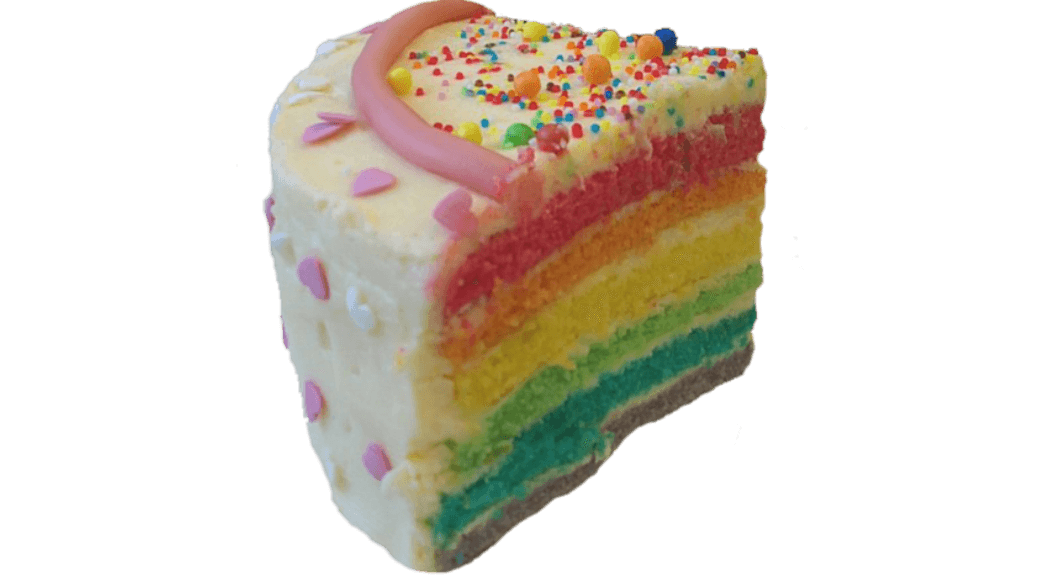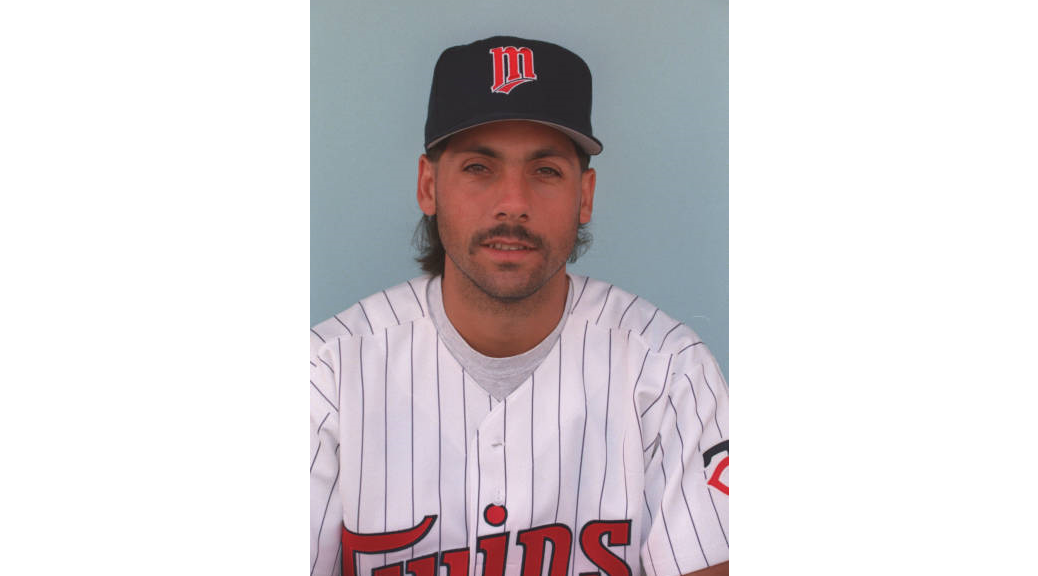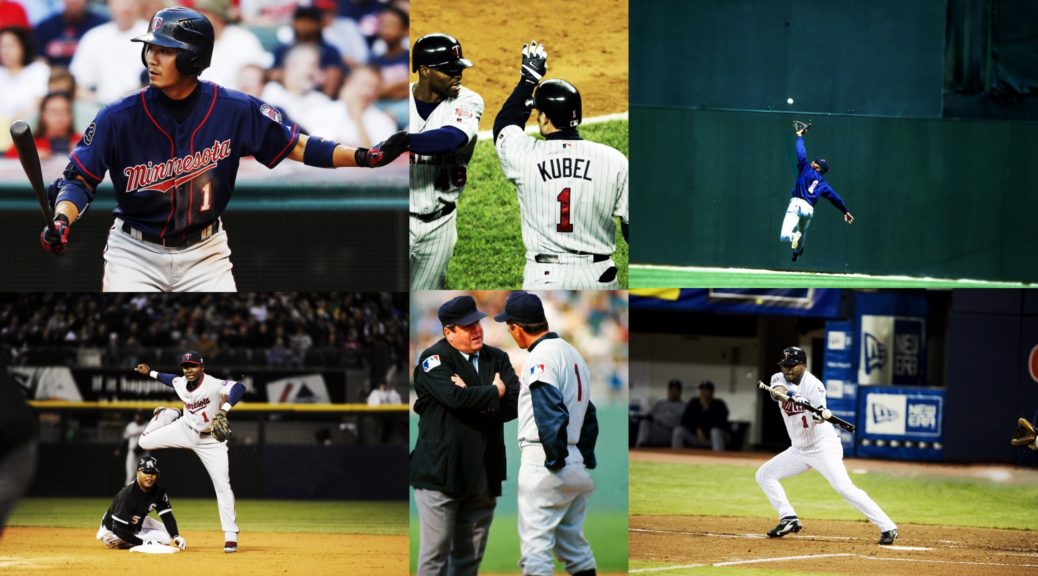OAKLAND 13, MINNESOTA 5 IN MINNESOTA
Date: Saturday, May 13.
Batting stars: Marty Cordova was 3-for-5 with a two-run homer (his third), a double, and a stolen base (his second). Chuck Knoblauch was 3-for-5 with a double. Scott Leius was 2-for-3 with a walk. Jerald Clark was 2-for-4 with a double and two runs.
Pitching star: Mo Sanford pitched 3.1 innings, giving up one run on three hits and three walks and striking out three.
Opposition stars: Stan Javier was 3-for-5 with a home run and two RBIs. Mark McGwire was 2-for-4 with a home run (his sixth), two walks, three runs, and three RBIs. Terry Steinbach was 2-for-4 with two doubles and three RBIs. Rickey Henderson was 2-for-5 with a home run (his second) and a walk. Geronimo Berroa was 2-for-5 with a walk and three runs. Ruben Sierra was 2-for-6 with a two-run homer (his third) and two runs. Jim Corsi pitched 2.1 scoreless innings, giving up a hit and striking out one. Mark Acre pitched two shutout innings, giving up a hit and three walks and striking out one.
The game: McGwire walked leading off the second and Sierra followed with a two-run homer, giving the Athletics a 2-0 lead. Henderson led off the third with a home run to make it 3-0. Later in the third Berroa walked, Sierra singled, and Steinbach hit a two-out two-run double to make the score 5-0 Oakland.
The Twins got back into the game in the bottom of the third. Knoblauch led off with a double and scored on an Alex Cole triple. Kirby Puckett followed with an RBI single. Clark singled, Scott Stahoviak drew a one-out walk to load the bases, and Leius walked to force in a run, making the score 5-3. The Twins still had the bases loaded with just one out, but Matt Walbeck struck out and Pat Meares flied to left to end the inning.
Javier led off the fourth with a home run to increase the Athletics' lead to 6-3. Oakland then loaded the bases, but could do no more damage. The score stayed 6-3 through six.
In the seventh Steinbach doubled, went to third on a wild pitch, and scored on Javier's single to make it 7-3. The Twins stayed in it in the bottom of the seventh, though, as Clark hit a one-out double and Cordova followed with a two-run homer to reduce the margin to 7-5.
That was as good as it got, though. Brent Gates opened the eighth with a walk. Singles by Berroa and McGwire followed, bringing home a run. A sacrifice fly scored another, and an RBI double by Scott Brosius made the score 10-5. The Athletics added three more in the ninth. Henderson singled, went to second on a ground out, and scored on Berroa's single. McGwire then hit a two-run homer, bringing the final score to 13-5.
WP: Acre (1-0). LP: Pat Mahomes (0-2). S: None.
Notes: Cole was in center. He was the more-or-less regular centerfielder at the start of the season, but was apparently injured at the end of May. Rich Becker would take over the centerfield job.
Clark was in right. Kirby Puckett, the regular right fielder was moved to DH. Pedro Munoz made the most starts at DH with 77. Puckett was there for 28 games, Chip Hale 27, Matt Merullo 13, and Kevin Maas 12.
Cole may actually have hurt himself in this game. He came out after grounding out to shortstop in the sixth. David McCarty replaced him and went to right field, with Clark moving to left and Cordova to center. There's no apparent reason to do that other than injury or illness.
Hale pinch-hit for Clark in the ninth.
The Twins' leading batter in the young season was Clark at .387. He would finish at .339 but would play only 36 games due to injuries. Stahoviak was batting .350--he would finish at .266. Cole was batting .327--he would finish at 342 but would play only 28 games due to injuries. The Twins' leading batter would be Knoblauch at .333. Puckett batted .314 and Munoz batted .301. The Twins were fourth in batting average at .279. Cleveland led at .291.
Cordova led the team with 24 homers. This was the season he won Rookie of the Year, batting .277/.352/.486 to narrowly beat out Garret Anderson. Anderson had a higher batting average, a higher slugging percentage, and tied Cordova in OBP, but did play 31 fewer games. Puckett was second on the team with 23 homers, Munoz hit 18, Meares 12, and Knoblauch 11. The Twins were next-to-last in home runs with 120, beating out Kansas City by one. Cleveland led with 207.
Mahomes started but lasted just 2.2 innings, allowing five runs on five hits and two walks and striking out two. The Twins' rotation left a lot to be desired, to put it mildly. The only starter with an ERA under five was Kevin Tapani, and he was just barely under at 6-11, 4.92. Brad Radke made the most starts, 28, but went 11-14, 5.32 in his rookie season. Mike Trombley was 4-8, 5.62; Frankie Rodriguez was 5-6, 5.38; Scott Erickson was 4-6, 5.95 before being traded to Baltimore in July. Jose Parra was 1-5, 7.95. The Twins were, of course, terrible in 1995, but looking at that rotation, it's surprising they weren't even worse.
What a group of forgettable (and sometimes forgotten) Twins were in this game. Kevin Campbell. Jerald Clark. Alex Cole. Chip Hale. Vince Horsman. Mo Sanford. Scott Stahoviak. Other Twins that played in 1995 include Steve Dunn, Riccardo Ingram, Kevin Maas, Dan Masteller, Matt Merullo, Oscar Munoz, Brian Raabe, Erik Schullstrom, Dave Stevens, and Scott Watkins. Good grief.
1995 featured a strike at the beginning of the season, which is why the Twins' sixteenth game was played on May 13.
This was the sixth game of a stretch in which the Twins lost six of seven.
Record: The Twins were 5-11, in fifth (last) place in the American League Central, 5.5 games behind Cleveland. They would finish 56-88, in fifth place, 44 games behind Cleveland. Their winning percentage figures out to a record of 63-99 over 162 games.
The Athletics were 8-9, in third place in the American League West, two games behind Seattle. They would finish 67-77, in fourth (last) place, 11.5 games behind Seattle.
Random record: The Twins are 38-36 in Random Rewind games.







